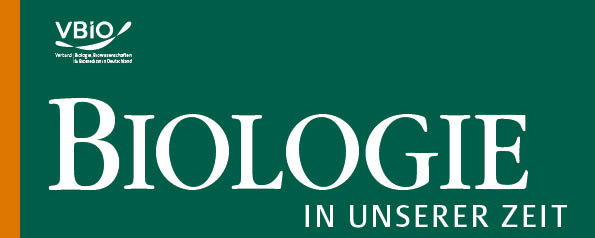Multitasking in the ancestral epitheliomuscular cell
DOI:
https://doi.org/10.11576/biuz-6545Keywords:
Epithelmuskelzelle, Evolution, Cytoskelett, Morphogenese, ZellkompartimentierungAbstract
For us, it seems natural that motility is brought about by specialized muscle cells in the body of multicellular animals. Studies in extant members of the evolutionary ancestral taxon Cnidaria, however, suggest a different scenario during early evolution with multifunctional epitheliomuscular cells of the body surface combining both the function of an epithelial cell as well as that one of a muscular cell. Within the single-cell layered ecto- and endodermal epithelia of the freshwater polyp Hydra, contractile, basally-running elongations (myonemes) of epitheliomuscular cells ensure body movement. And like “true” muscles these cells use actomyosin flaments (myonemes) for contraction. Additionally, epitheliomuscular cells control morphogenesis when e. g. tentacles sprout from the body column as isolated structures. In this case, actomyosin interactions take place within the cell cortex thus changing the shape of the tissue locally due to changes in the shape of single epitheliomuscular cells. Cell and tissue shape changes depend on the activation of actomyosin interactions within the cortical actin cytoskeleton which is located right below the cell membrane. The double function of actomyosin in body movement and morphogenesis is controlled separately – via the compartmentalization of signaling systems inducing dynamic actomyosin-II interactions either in myonemes or in the cell cortex.

Downloads
Published
How to Cite
Issue
Section
License
Copyright (c) 2023 Oliver Holz, Monika Hassel

This work is licensed under a Creative Commons Attribution-ShareAlike 4.0 International License.

